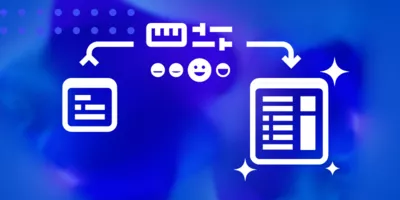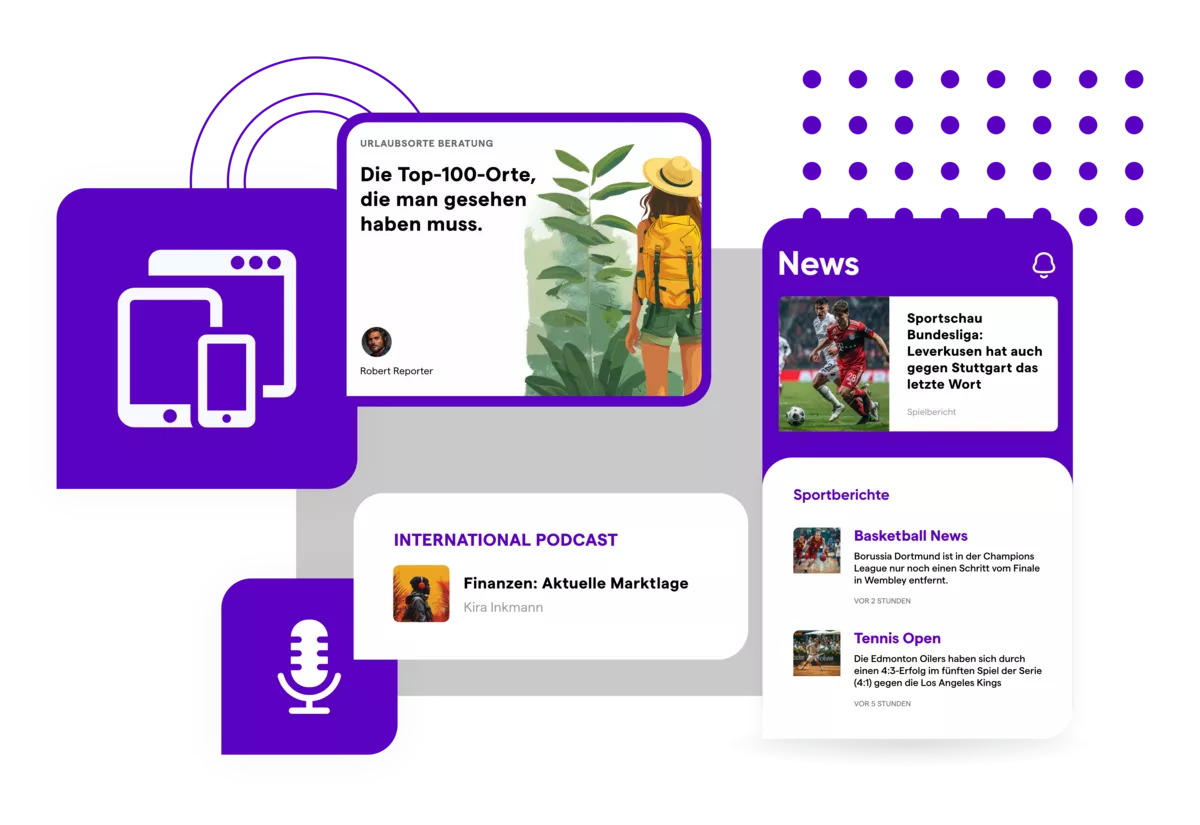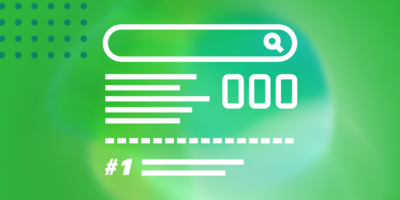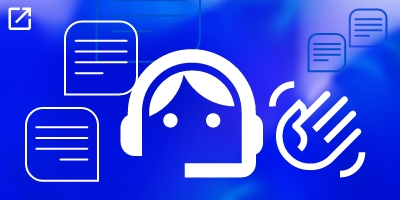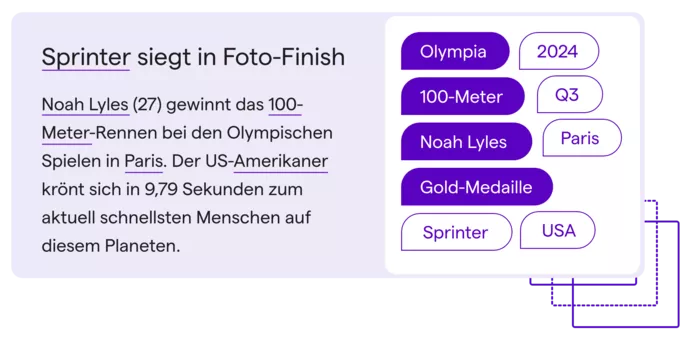- AI Solutions
- Industries
- AI Projects
- Knowledge
- About us

Build the Solid Foundation for Adding Value to Your Content
Given the high volume of content produced in the media landscape, it is essential to classify and organise relevant content promptly. This ensures it is easily discoverable by target audiences while also preparing it for context-based advertising. Content tagging serves as the backbone for systems like intelligent searches, archives, and personalised recommendations. Our tool enables automated, real-time classification.
Top Use Cases of Automated News Reporting
Automated Content Tagging
Automatically categorise your articles. Depending on the frequency and weighting of recognised names, locations, keywords, and other entities, articles are assigned to specific categories.
Technologies Used in This Tool
Frequently Asked Questions About Automated News Reporting
Why is content tagging important?
Content tagging efficiently organises content, making it easily discoverable and enabling personalised recommendations, which ultimately improves user experience and content visibility.
What are the benefits of automated content tagging?
Automated tagging allows for fast and accurate content categorisation, personalised recommendations, improved search engine rankings, and a solid foundation for high-quality ad placements.
How does automated content tagging work?
Automated content tagging employs various technical approaches:
Semantic Analysis: Extracts word meaning in context using Named Entity Recognition, identifying keywords, phrases, and entities relevant for tagging.
Rule-Based Systems: Tags are assigned based on predefined rules, including keywords, URLs, or other criteria, making them ideal for simple automation tasks.
Taxonomies and Ontologies: Ensure consistent and meaningful tags by organising them hierarchically (taxonomies) or defining semantic relationships (ontologies).
What types of tags can be used?
Tags can include people, organisations, geographic entities, events, key terms, standardised advertising categories, or other criteria tailored to business needs.
Can content tagging be done in real time?
Yes, advanced content tagging tools analyse and tag content in real time, allowing immediate adaptation to changing trends and topics.
How can content tagging improve SEO?
By tagging content with relevant keywords and entities, SEO can be enhanced, resulting in better search engine rankings and broader reach.
Expand Your Toolbox Flexibly
Need more than content tagging support? Customise your toolbox to suit your needs!
inventory_2
Archive Classification
breaking_news
Automated News Reporting
link
In-Text Linking
draw
Rewrite
backup_table
Topic Pages
record_voice_over
Transcriptions
school
Knowledge Management
quiz
Question Answering
library_add
